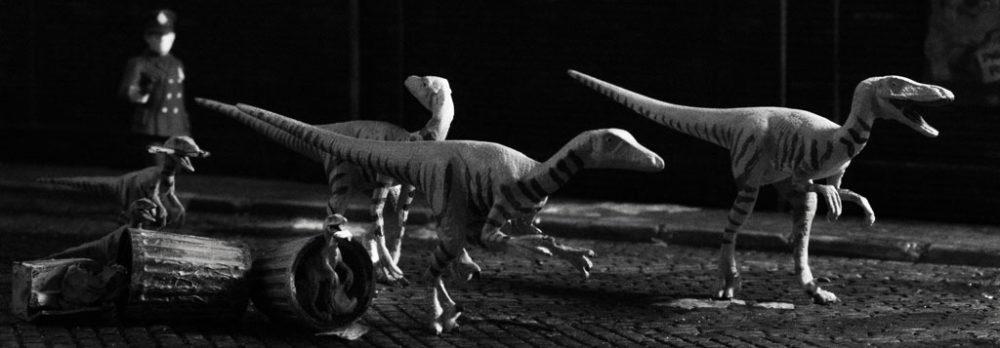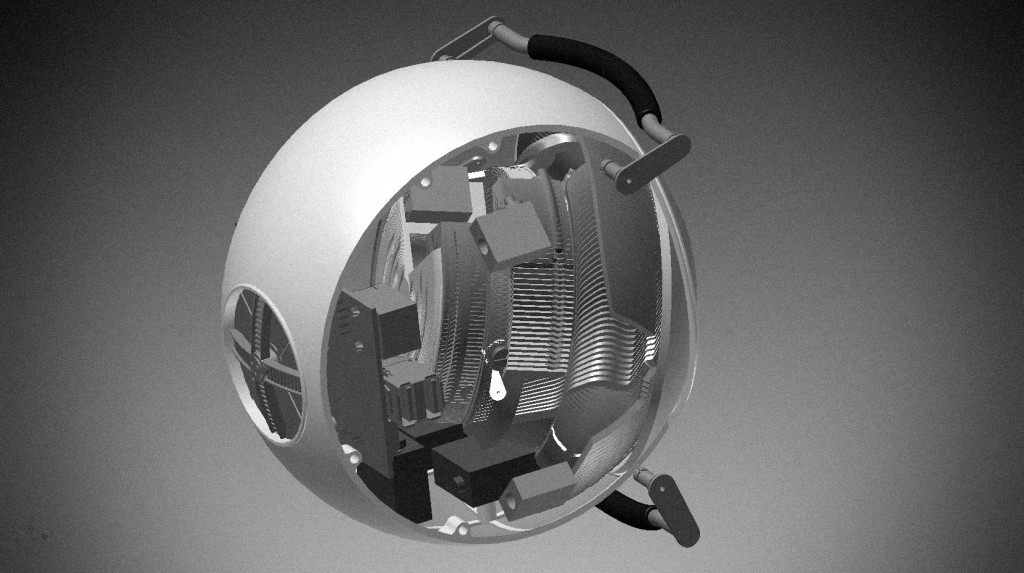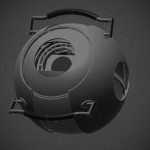No pictures, just code, code, code.
Lat weekend, I put in about 48 hours of C coding in for work, and found some lucidity. Continuing on this tradition, I pushed forward on Wheatley.
1) I reconfigured my notions of how to do some of the tasks.
2) I found a library called easy transfer that makes things a little easier. Though I am using it inefficiently, I still have enough resource to get the job done.
3) implemented an exponential rolling average on the A/D converters.
So presently, I am grabbing 4 channels of A/D conversion, smoothing it, pumping it into a bunch of INTs and Easy Transfer sends them across with a checksum. I transfer across on a timer interrupt, and run the receiver as fast as it will go. I then I take the values and jam them into servo settings.
The inefficiency is in the fact that I have a heartbeat which is 4 bytes, 9 servo values which only need 10 bits, but use 16 each. This is a waste of 6-3/4 bytes, but I can afford the bandwidth.
I am also relying on floats for my rolling average, and will continue to do so for my inverse trig functions.
I also have an Arduino Nano, and a small 5V 3.A amp switcher I plan to use for the power for the servos. I will be building a small power distribution board, and should have servos running soon in a system that more directly resembles the final form.
woot


